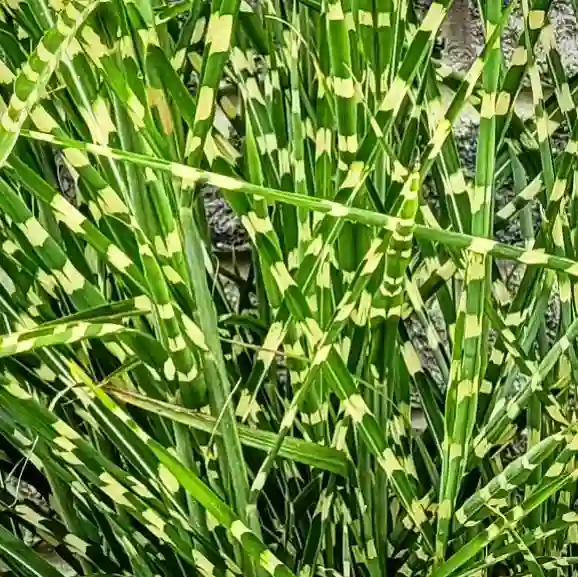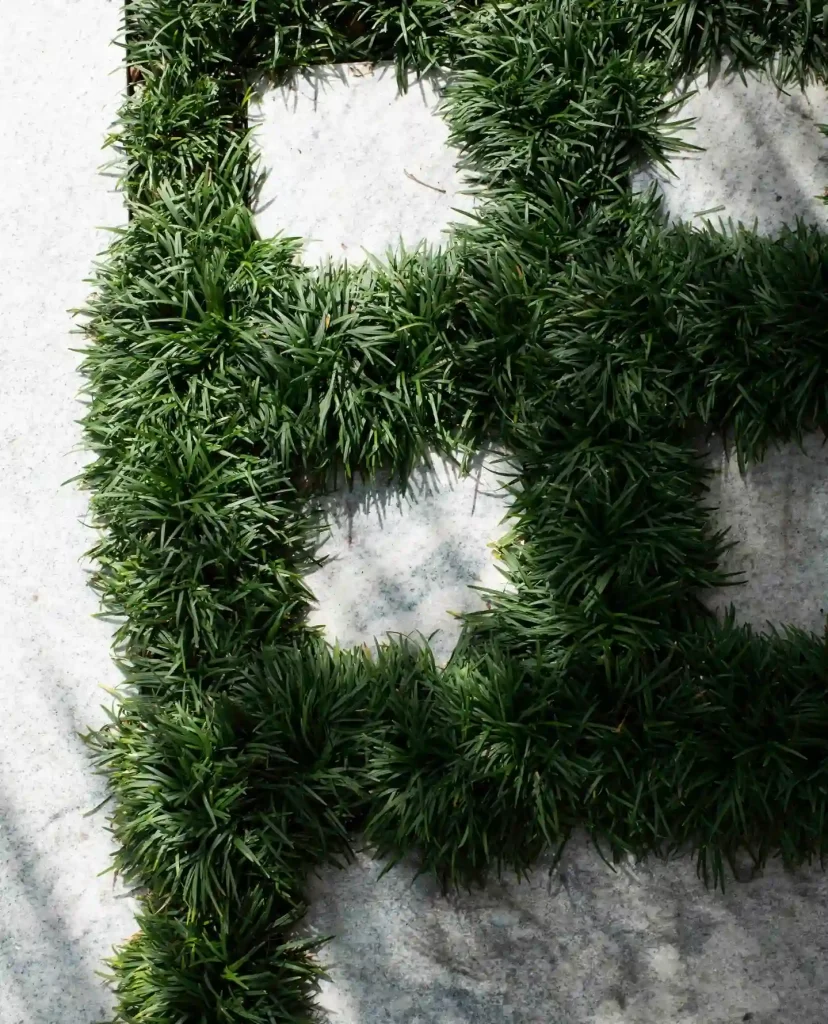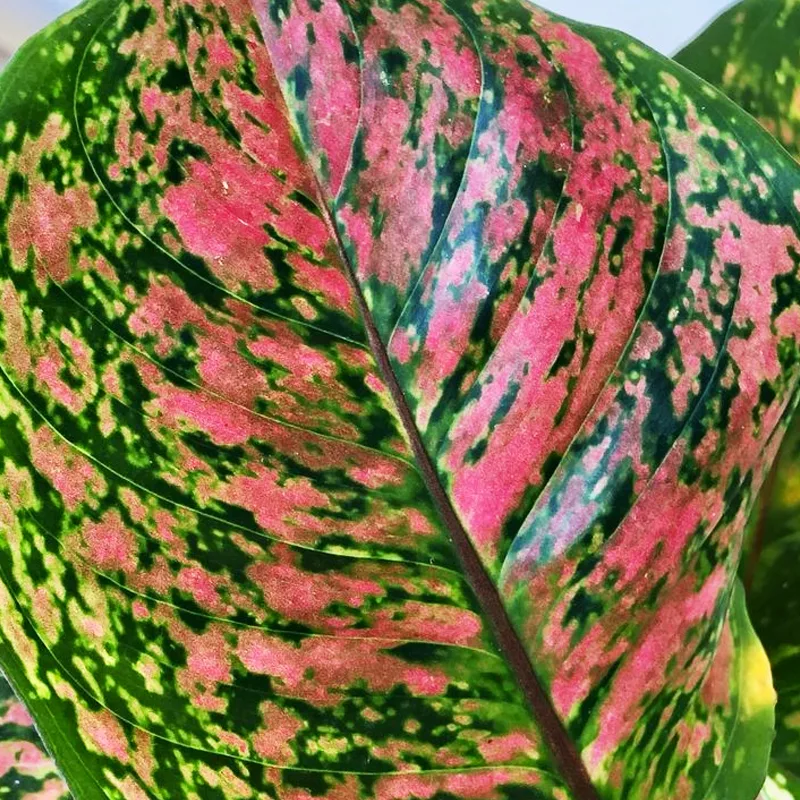What Is Cordyline Indivisa?
Cordyline Indivisa, often known as the Longleaf Cordyline, is a striking and unique plant native to the subtropical regions of Australia and New Guinea. Unlike its more commonly known relatives, Cordyline Indivisa boasts long, narrow leaves that can reach impressive lengths, making it a standout in any garden or indoor plant collection. Its elegant, sword-like foliage adds a dramatic flair, making it a popular choice among plant enthusiasts.
25 Species in Genus Cordyline
How Fast Does Cordyline Indivisa Grow?
Cordyline Indivisa is a slow to moderate grower. In optimal conditions, it can grow about 6 to 12 inches per year. The growth rate can vary based on factors such as light, temperature, and soil quality. In cooler climates or less ideal conditions, the growth rate may slow down even further. Patience is key with this plant, as its slow growth means it takes time to reach its full potential.
How to Grow Cordyline Indivisa?
Growing Cordyline Indivisa requires a bit of attention to detail, but the results are well worth the effort. Here are some tips to ensure your plant thrives:
- Light: Cordyline Indivisa prefers bright, indirect light. While it can tolerate some direct sunlight, too much can scorch its leaves. Indoors, place it near a window with filtered light.
- Soil: Use well-draining soil to prevent root rot. A mix of potting soil and perlite or sand works well. Ensure the pot has drainage holes.
- Watering: Keep the soil consistently moist but not waterlogged. Allow the top inch of soil to dry out between waterings. In winter, reduce watering as the plant’s growth slows down.
- Temperature: Cordyline Indivisa prefers temperatures between 60-75°F (15-24°C). Protect it from frost and avoid placing it near drafts or heating vents.
- Fertilizing: Feed your plant with a balanced liquid fertilizer every 4-6 weeks during the growing season (spring and summer). Reduce feeding in fall and winter.
How to Care for Cordyline Indivisa?
Caring for Cordyline Indivisa involves regular maintenance and attention to its specific needs. Here’s how you can keep it in top shape:
- Pruning: Trim any dead or damaged leaves to maintain the plant’s appearance and promote healthy growth.
- Pests: Watch for common pests like spider mites and mealybugs. Treat infestations promptly with insecticidal soap or neem oil.
- Repotting: Repot the plant every 2-3 years or when it outgrows its pot. Choose a pot one size larger and refresh the soil.
How to Propagate Cordyline Indivisa?
Propagating Cordyline Indivisa can be done through offsets or cuttings:
- Offsets: When the plant produces offsets (small shoots at the base), carefully separate them from the main plant and pot them up in a separate container.
- Cuttings: Take a 4-6 inch cutting from the tip of a healthy stem. Allow the cutting to callus over for a day, then plant it in a pot with a well-draining soil mix. Keep the cutting in a warm, humid environment until roots develop.
Cordyline Indivisa vs. Cordyline Australis
Cordyline Indivisa and Cordyline Australis are often confused due to their similar appearance, but they have distinct differences:
- Cordyline Indivisa has long, narrow leaves that grow in a more upright fashion. It is generally slower-growing compared to Cordyline Australis.
- Cordyline Australis, commonly known as the Cabbage Tree, has broader, more arching leaves and a faster growth rate. It’s also more tolerant of a range of conditions, including cooler temperatures.
Cordyline Indivisa vs. Dracaena
Cordyline Indivisa and Dracaena share some similarities, but there are key distinctions:
- Cordyline Indivisa features long, narrow leaves with a more rigid structure, while Dracaena varieties often have broader, more flexible leaves.
- Dracaena plants are generally easier to care for and more adaptable to indoor environments. They also come in a wider range of colors and leaf patterns.
Can You Grow Cordyline Indivisa Indoors?
Yes, Cordyline Indivisa can be grown indoors, provided it receives adequate light and proper care. Ensure it’s placed in a bright location with filtered light and maintain consistent moisture levels. Indoor growth may be slower than outdoors, but with the right conditions, it can thrive and add a touch of elegance to your home.
Is Cordyline Indivisa Toxic?
Cordyline Indivisa is not listed as toxic to pets or humans. However, as with any plant, it’s a good idea to keep it out of reach of pets and small children to avoid any potential ingestion of plant material.
Benefits of Growing Cordyline Indivisa
Growing Cordyline Indivisa offers several benefits:
- Aesthetic Appeal: Its dramatic, sword-like leaves make it a standout plant in any setting.
- Low Maintenance: Once established, it requires minimal care.
- Air Purification: Like many houseplants, it can help improve indoor air quality by removing pollutants.
Common Problems with Cordyline Indivisa
Here are a few issues you might encounter with Cordyline Indivisa:
- Leaf Browning: This can be caused by low humidity, overwatering, or exposure to direct sunlight. Adjust care as needed.
- Root Rot: Ensure proper drainage and avoid overwatering to prevent this issue.
- Pest Infestations: Regularly inspect the plant for pests and treat promptly if any are found.
Cordyline Indivisa is a beautiful and unique plant that can make a striking addition to any garden or indoor space. With the right care and conditions, it can thrive and provide a touch of elegance to your plant collection.
If i die, water my plants!



